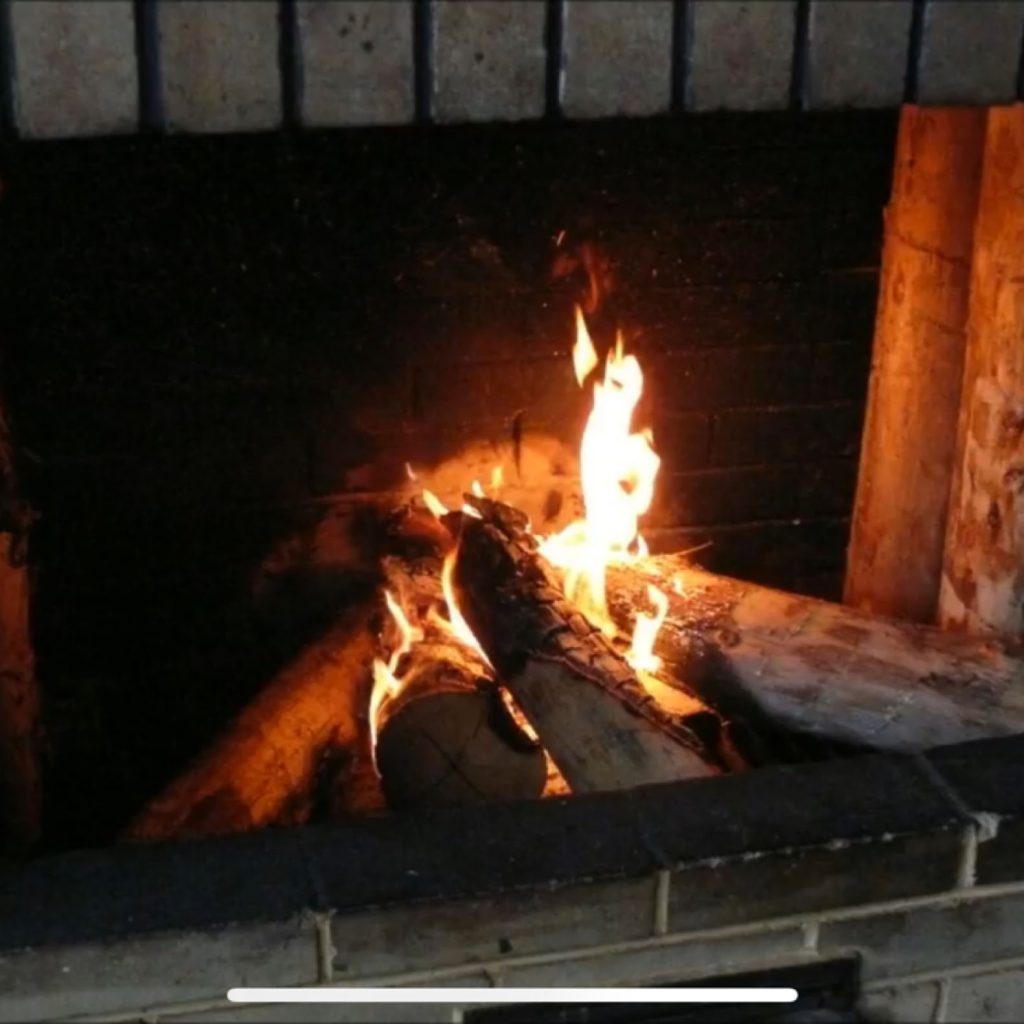
The depths of Yoshino, Nara Prefecture is already pure white around. The friend’s house that came to pick me up is warm like spring. The fire of the pechka is shaking. The night is going on with memories while roasting the amago caught in the nearby river. It is exactly “a fun pechka on a snowy night”. This stove began in the 17th century in Scandinavia with a brick-enclosed fireplace. It was introduced to Russia, and a stone fireplace and oven-style stove was created. It’s the pechka. It was introduced to Japan by the Hokkaido Development Commission around 1880. The disadvantage of the pechka is that it starts up slowly as a heater, but once it is warmed up, it has the comfort peculiar to a stove, and by installing it as a partition between rooms, it is possible to heat multiple rooms at the same time.
奈良県吉野の奥はもう真っ白です。迎えに来てくれた友人宅は春の様な出暖ったかさ。ペチカの火が揺らいでいます。近くの川で取ったと言うアマゴを火に炙りながら、思い出話しに夜は深けていきます。まさに「雪の降る夜は 楽しいペチカ」です。このペチカ、17世紀に北欧で囲炉裏をレンガで囲んだ形式の暖炉が作られたのが始まりです。それがロシアに伝わり、石造りの暖炉兼オーブン形式のペチカができました。日本には1880年頃に開拓使により北海道に導入されました。ペチカは暖房としての立ち上がりが遅いのが欠点ですが、一度暖まるとペチカ特有の心地よさがあり、部屋と部屋の間仕切りとして設置することにより、複数の部屋を同時に暖めることができます。
